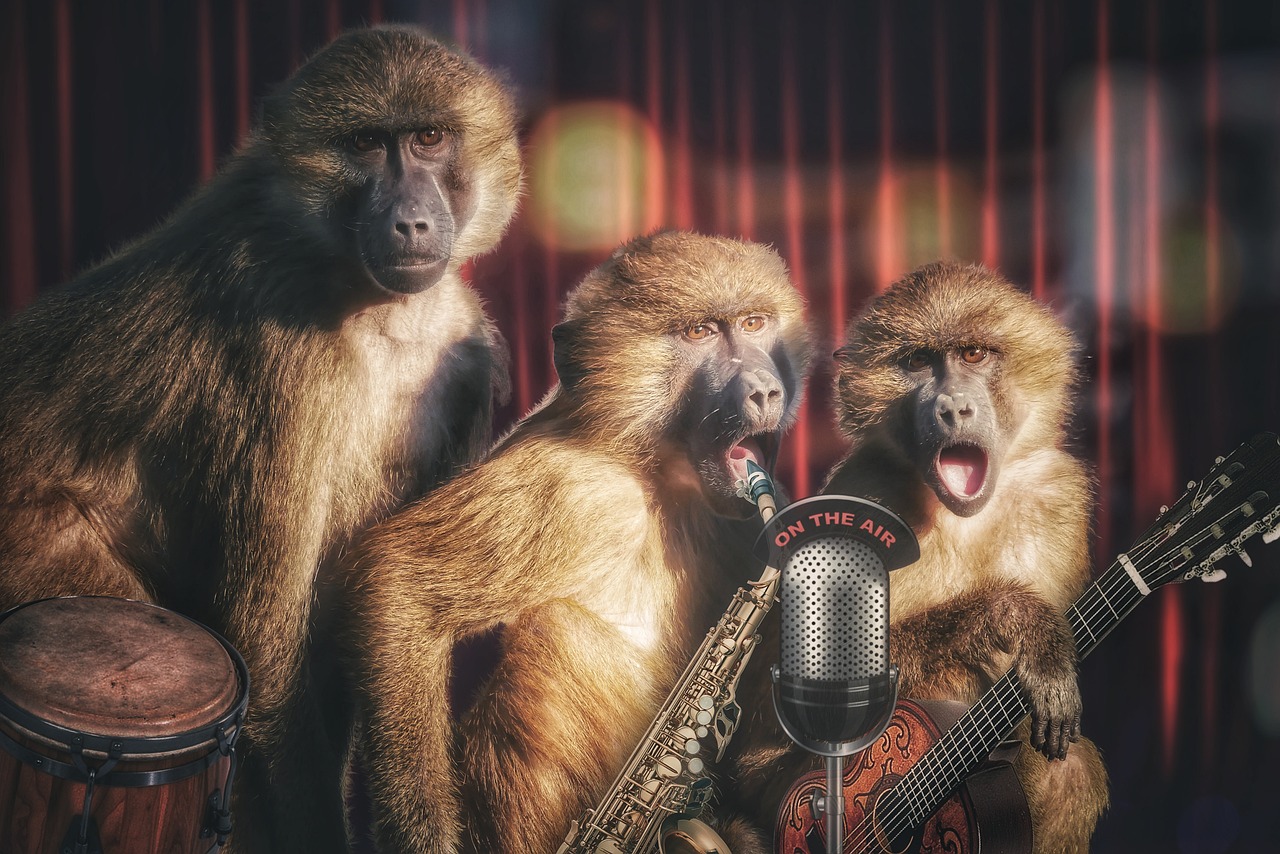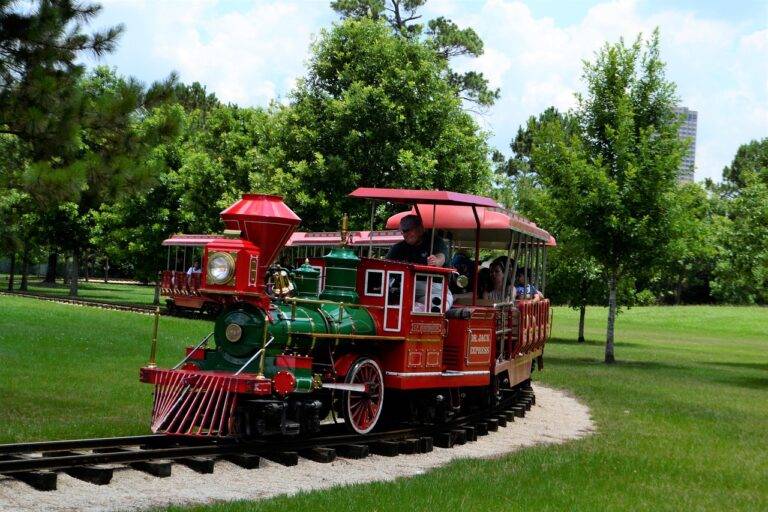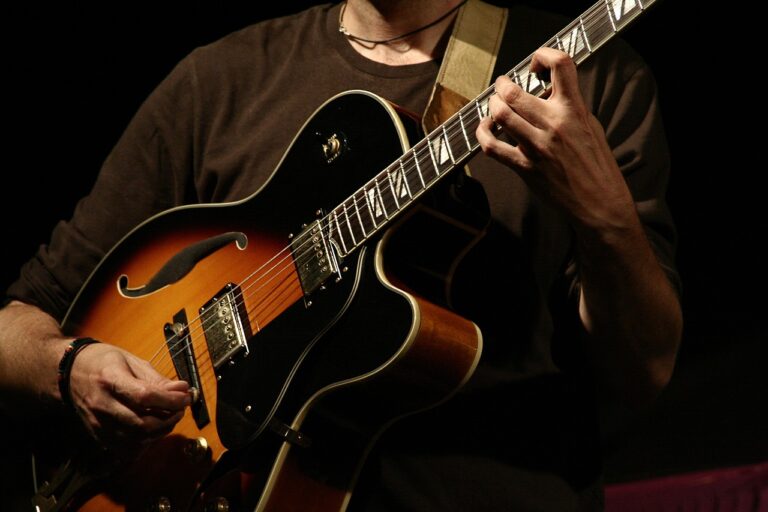Analyzing the Influence of LGBTQ+ Representation in Film and TV
LGBTQ+ representation in film and TV has evolved significantly over the years. In the early days of cinema, LGBTQ+ characters were often portrayed as stereotypes or used as punchlines, reinforcing negative stereotypes and stigmatizing the community. However, as societal attitudes towards LGBTQ+ individuals began to shift, so did the representation of these characters on screen.
The landmark film “Brokeback Mountain” in 2005 marked a turning point in LGBTQ+ representation in mainstream cinema. The widely acclaimed movie depicted a complex and heartfelt love story between two cowboys, challenging traditional notions of masculinity and paving the way for more authentic and nuanced portrayals of LGBTQ+ characters in film and TV. Despite progress being made, there is still a long way to go in terms of achieving full and accurate representation of the LGBTQ+ community in media.
Challenges Faced by LGBTQ+ Characters in Film and TV
In many instances throughout the history of film and television, LGBTQ+ characters have been marginalized, stereotyped, or used as mere plot devices rather than fully fleshed-out individuals. This lack of authentic representation has led to harmful stereotypes perpetuated in mainstream media, further reinforcing societal misconceptions and prejudices against the LGBTQ+ community. Furthermore, LGBTQ+ characters often face limited screen time and storylines that center around their sexual orientation or gender identity, rather than their multifaceted personalities and experiences.
Impact of LGBTQ+ Representation on Society
LGBTQ+ representation in film and TV has significantly influenced societal perceptions and attitudes towards the LGBTQ+ community. By portraying diverse characters with varied experiences and identities, media has played a crucial role in increasing visibility and understanding of LGBTQ+ individuals. This increased representation has helped normalize LGBTQ+ identities and relationships, fostering acceptance and inclusivity in society.
Furthermore, the depiction of LGBTQ+ characters in mainstream media has also led to greater empathy and compassion among viewers. By showcasing the struggles and triumphs of LGBTQ+ individuals, media has humanized their experiences, enabling audiences to connect with their stories on a personal level. This emotional resonance has helped break down stereotypes and discrimination, fostering a more tolerant and supportive society for the LGBTQ+ community.
What is the significance of LGBTQ+ representation in film and TV?
LGBTQ+ representation in film and TV is important as it helps to reflect the diversity of society and provide visibility to marginalized communities.
How has LGBTQ+ representation evolved over the years in film and TV?
LGBTQ+ representation has evolved from stereotypical and harmful portrayals to more authentic and nuanced representations that showcase the diversity within the community.
What are some challenges faced by LGBTQ+ characters in film and TV?
LGBTQ+ characters often face stereotypes, discrimination, and limited opportunities for meaningful and authentic representation in film and TV.
How does LGBTQ+ representation impact society?
LGBTQ+ representation in film and TV can help to challenge societal norms, promote acceptance and understanding, and inspire positive social change.







